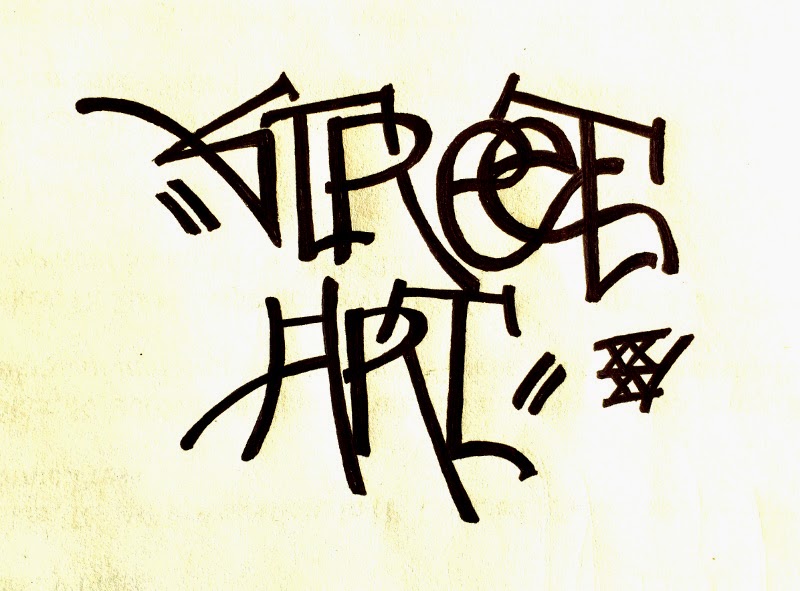The Street Art Conference was a rousing success. Despite the winter storm on Thursday, March 5th, seriously hampering audience attendance for the otherwise terrific Artists Panel, the conference had a high turn out overall, with a fantastic turn out for Allison Young’s Keynote Address on Friday at Pratt and for the presentations and closing reception on Saturday at NYU.
For this to mean much of anything, however, requires that along the way we learned as a result something philosophically interesting about either Street Art itself or the enquiry therein. I think we managed to do just that.
What I Learned at the Street Art Conference
Two Kinds of Street Art
When folks talk about “street art” they typically employ (often frustratingly moving between) one of the following two senses:
Street Art (Form)—Art in some Street Medium
Works having certain formal, compositional, material conditions mediated by certain contexts or relations (spatial, legal, social, cultural, communal, political, racial, proprietary, self-referential, etc.) necessary for the making and appreciation of works of that form: e.g., Performance Art, Conceptual Art, Installation Art, …Street Art
Street Art (Content)—Art about the Street
Works having certain contents, specifically those within the narrow class of contents identified by reference to, relevance for, comment on those issues, contexts, relations, and environments considered saliently Street: e.g., Political Art, Feminist Art, Religious Art, …Street Art
Once this becomes clear, we better understand claims like:
Yarn-Bombing is not Street Art
more precisely to be the claim that:
Yarn-Bombing is not Street Art (Form)
After all, the exclusion of Yarn-Bombing looks to be not so much to do with its content, but instead with its form: e.g., the unavailability of its materials within urban areas, the insufficiently destructive or permanent nature of its application, the identity of its practitioners (educated, upper middle class white women), the de facto legality of its practice (low risk of arrest and prosecution), etc.
None of this, however, precludes Yarn-Bombing from being Street Art (Content).
Similarly, consider the claim:
Graffiti (Tagging) is not Street Art
This I take ought be more precisely read as:
Graffiti (Tagging) is not Street Art (Content)
Presumably, those advancing the above do so not because of graffiti’s form but due to its lack of content: e.g., that tagging is a thoroughly destructive/disruptive, criminal, eminently prosecutable, and often quite personally dangerous game of name-recognition brinksmanship played by a few self-aggrandizing, fame-seeking, scofflaws unconcerned with saying anything, interesting or otherwise, about the nature of the Street.
None of this, however, precludes graffiti (tagging) from being Street Art (Form).
Of course, things can be both kinds of Street Art: e.g., a Revolt top-to-bottom that when pulling into the station seems less a signature than a call to arms or a Banksy meta-ironic stencil-fill meta-commenting on the cosmopolitan nature of the Street.
Those making it explicit as to which sense of Street Art will be their target of interest not only make resultant debates far more productive and informative but also help ensure the foundation for future enquiry do not wind up resting upon the fault line of mere verbal disagreement.





